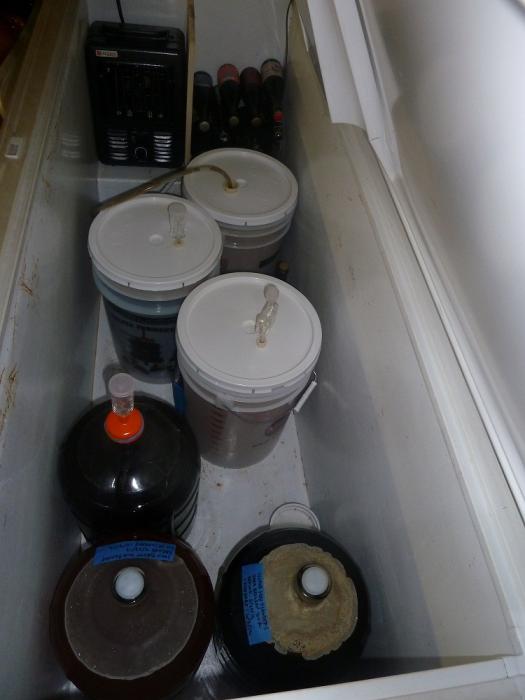Hi,
We have air conditioning in our house, but don't use it until the house gets above, say, 78 degrees F.
I'm brewing a batch now that's supposed to ferment at 64-72 F.
Right now, it's cold outside, so that's not a problem; but some time during the next three weeks, it likely will get warm, and I would very much rather not spend a fortune keeping my house cold just for beer.
How critical is this temperature regulation?
Thanks.
Mark
We have air conditioning in our house, but don't use it until the house gets above, say, 78 degrees F.
I'm brewing a batch now that's supposed to ferment at 64-72 F.
Right now, it's cold outside, so that's not a problem; but some time during the next three weeks, it likely will get warm, and I would very much rather not spend a fortune keeping my house cold just for beer.
How critical is this temperature regulation?
Thanks.
Mark




